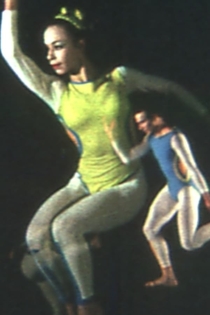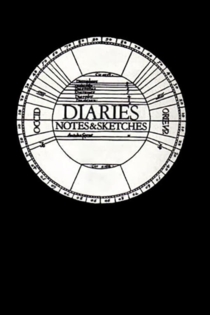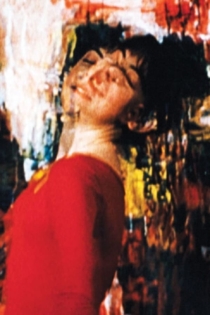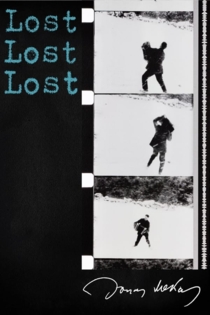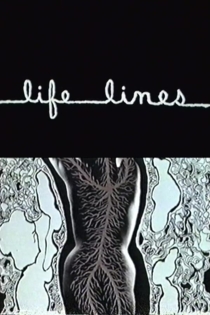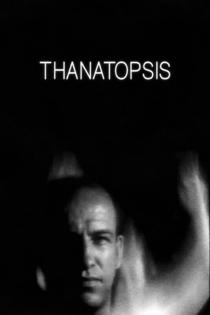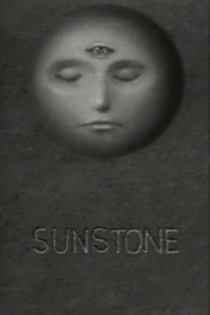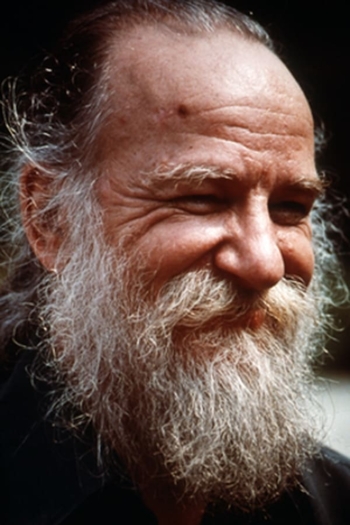
Ed Emshwiller
1925 - 1990As both an artist and a teacher, Emshwiller’s pioneering efforts to develop an alternative technological language in video were enormously influential. His early experiments with synthesizers and computers included the electronic rendering of three-dimensional space, the interplay of illusion and reality, and manipulations of time, movement, and scale that explore the relationship between "external reality and subjective feelings." Emshwiller was among the first artists-in-residence at the TV Lab at WNET, where he produced the groundbreaking Scape-mates (1972). Sunstone (1979) was made over a period of eight months at the New York Institute of Technology. Emshwiller passed away in 1990 and an extensive collection of his work is housed by Anthology Film Archives.
Galaxie
Gregory J. Markopoulos
Parker Tyler, Storm De Hirsch
In March and April of 1966, Markopoulos created this filmic portrait of writers and artists from his New York circle, including Parker Tyler, W. H. Auden, Jasper Johns, Susan Sontag, Storm De Hirsch, Jonas Mekas, Allen Ginsberg, and George and Mike Kuchar, most observed in their homes or studios. Filmed in vibrant color, Galaxie pulses with life. It is a masterpiece of in-camera composition and editing, and stands as a vibrant response to Andy Warhol's contemporary Screen Tests.
Galaxie
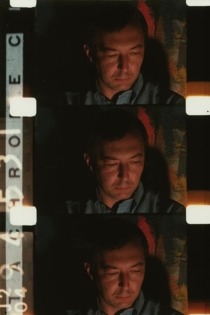
Image, Flesh and Voice
Ed Emshwiller
Carolyn Carlson, Emery Hermans
This independent underground feature films two dancers (Carolyn Carlson and Emery Hermans) in silhouettes and shadows. Other couples discuss their relationships and lives in a candid display of self revelation. Street dances and conversations combine in a collage of people and places in this black and white film.
Image, Flesh and Voice
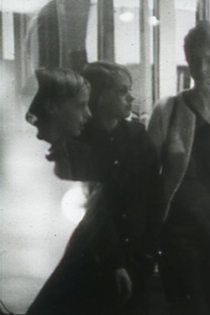
Painters Painting
Emile de Antonio
Willem de Kooning, Helen Frankenthaler
Painters Painting: The New York Art Scene 1940-1970 is a 1972 documentary directed by Emile de Antonio. It covers American art movements from abstract expressionism to pop art through conversations with artists in their studios. Artists appearing in the film include Willem de Kooning, Jasper Johns, Andy Warhol, Robert Rauschenberg, Helen Frankenthaler, Frank Stella, Barnett Newman, Hans Hofmann, Jules Olitski, Philip Pavia, Larry Poons, Robert Motherwell, and Kenneth Noland.
Painters Painting
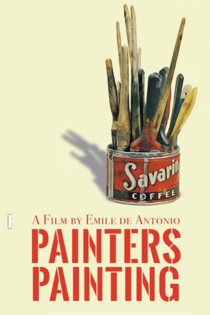
Relativity
Ed Emshwiller
Ralph Ashby, Nancy Griffith
Emshwiller made this film on a Ford Foundation grant, and in his original proposal to the Ford Foundation, he outlined the film as "something that deals with subjective reality, the emotional sense of what one's perception of the total environment is -- sexual, physical, social, time, space, life, death."
Relativity
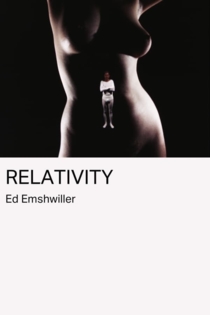
Scape-Mates
Ed Emshwiller
Stoney Emshwiller, Emery Hermans
In one of his first experiments in video, Emshwiller creates an electronic landscape of both abstract and figurative elements, where colorized dancers are chroma-keyed into a mutable, computer-animated environment. Working with the "Scan-i-mate," an early analog video synthesizer, Emshwiller choreographs an architectural, illusory video space, in which frames proliferate within frames, disembodied heads and hands move within a collage of animated forms, and the dancers and their environment are subjected to constant transformations through image processing. With its witty interplay of the "real" and the "unreal" in an electronically rendered videospace, and the skillful manipulation and articulation of a sculptural illusion of three-dimensionality, Scape-mates introduced a new vocabulary of video image-making.
Scape-Mates
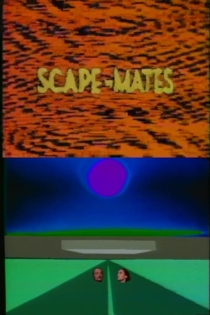
Film with Three Dancers
Ed Emshwiller
Bob Beswick, Carolyn Carlson
In this spin-off from his original plan for Relativity (1966), Emshwiller continued with his desire to penetrate “space in a kind of flying camera, a dream of flying, a kind of sensual, sexual imagery where you were constantly going into an unknown space.” A trio of dancers (Carolyn Carlson, Emery Hermans, Bob Beswick) appear "first in leotards, then in bluejeans, then naked, as they “pass through rituals of movement.”
Film with Three Dancers

